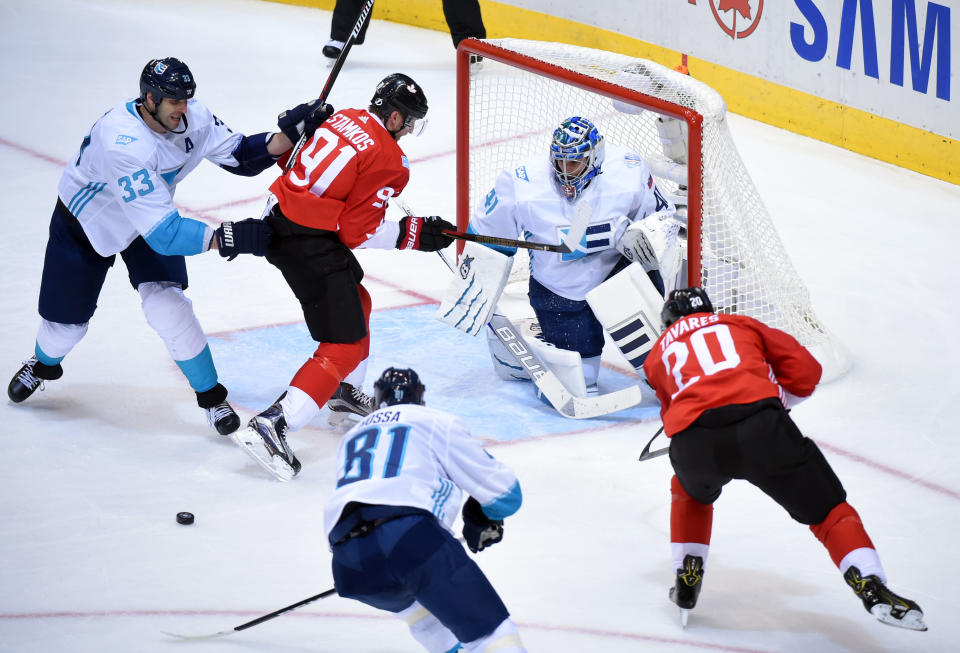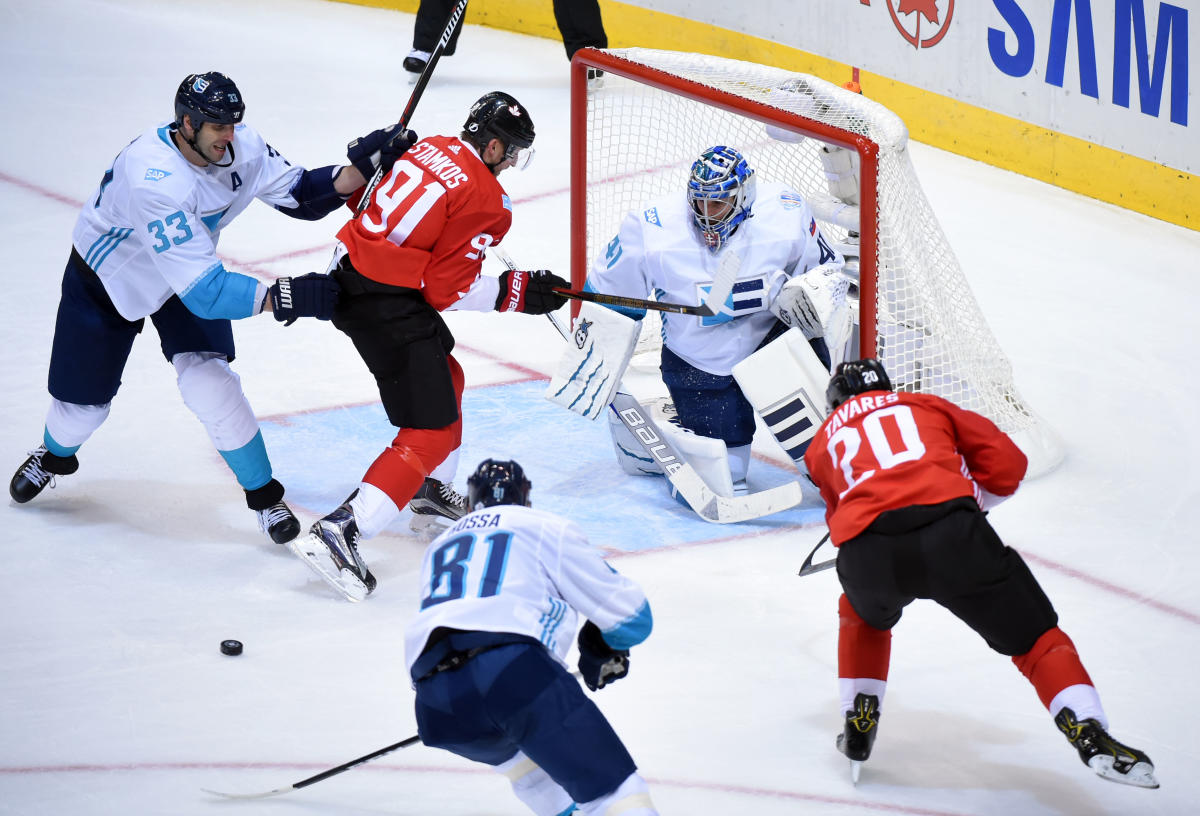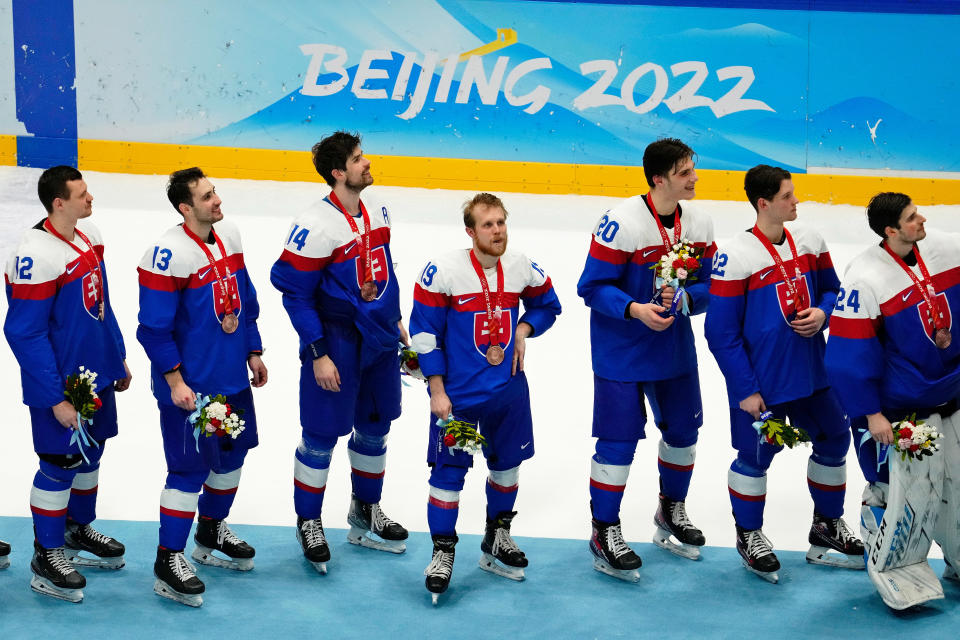In the spirit of the NHL announcing quarter-century teams for each of its 30 franchises that have played since 2000, I thought I’d try a similar exercise by country – first and second teams. It’s not limited to NHL performance, although that carries a lot of weight. International play for the country also weighs heavily. To be eligible, a player needn’t have necessarily played for the country at a major tournament, but he had (or has) to be eligible.
Countries chosen have to have played in at least four major international tournaments (Olympic games, top-division IIHF World Championships or World Cups of Hockey) since 2000. Based on that arbitrary number, 20 countries qualify. Great Britain barely makes the cut with four top-level World Championships, while Hungary with three, South Korea and Poland each with two, and China with one do not.
I’m revealing them alphabetically starting with Austria, although the four teams in the 4 Nations Face-Off will be held back until the end. Scroll down for links to other teams published so far.


Team Canada players John Tavares (20) and Steven Stamkos (91) look for the puck between Team Europe players Marian Hossa (81) , Zdeno Chara (33) and Jaroslav Halak (41) during the game one of the 2016 World Cup of Hockey final. Credit: Dan Hamilton-Imagn Images
First Team
F: Marián Gárborík
F: Marián Hossa
F: Pavol Demitra
D: Zdeno Chára
D: Ľubomír Višňovský
G: Jaroslav Halák
Second Team
F: Žigmund Pálffy
F: Miroslav Šatan
F: Ladislav Nagy
D: Andrej Sekera
D: Andrej Meszaros
G: Peter Budaj
Based on the first quarter of the 21st century, Gárborík, Hossa, Demitra, Pálffy and Šatan were the obvious picks at forward. It was a close call as the sixth forward position between Nagy and Peter Bondra, with Nagy winning out based on his vastly superior international career. Jozef Stümpel also got consideration but his best seasons but his production dropped off after the turn of the milennium and he played his last several seasons in Slovakia.
Chára, Višňovský and Sekera were clear choices on defense. Meszaros was the next choice based on his NHL numbers and nobody else really stood out enough in any department to take that away.
In goal, Halák is the obvious starter. Budaj is the next-best NHL goalie but Ján Lašák played a lot more internationally and was Slovakia’s goalie for the country’s only IIHF World Championship win in 2002. However, Budaj was picked anyway because he likely would have played a lot more internationally had he not played for teams that made the playoffs and he got the nod over Lašák when both were on the 2006 Olympic team – likely indicating he was considered the superior goalie.
No local players are considered – Tomáš Tátar couldn’t crack the first two forward lines and Juraj Slafkovský could potentially get there some day but that’s a long way off.
Predicting Slovakia’s 2026 Olympic roster
Slovaks have qualified for the men’s ice hockey tournament at the 2026 Winter Olympics in Milan and Cortina d’Ampezzo.
Agree or disagree with the selections? Comment below and check back daily as more international quarter-century teams are revealed.

